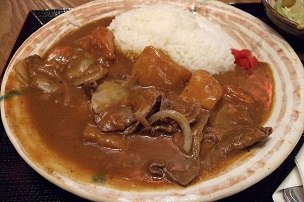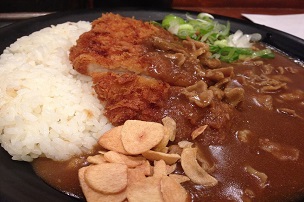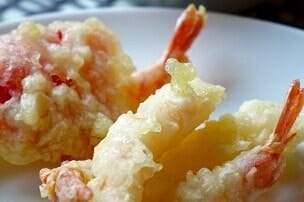Hello, this is TORA.
The most popular school lunch in Japan is curry rice.
Everyone, young and old, loves curry rice.
I can eat it every day.
Curry rice is very popular, and among fanatics there is even saying ”curry is a drink”!
This time, Let’s share some fascinating facts about curry rice.

The History of Curry Rice
Curry first came to Japan during the Meiji Restoration.
The British, who were colonizing Inida, brought back curry to their country and introduced their British (European) version of curry to Japan.
This was adapted to Japanese tastes and became the root of today’s Japanese curry.
Curry first appeared in Japanese records in the late Edo period, and began to be eaten in early Meiji.
It was around this time that its recipe was published in cooking books and also appeared in the army’s lunch menu.
A frequent character in the tale of Japanese curry is William Clark, the assistant director of the Sapporo Agricultural College during this time, who is famous for the words, ”Boys, be ambitious!”
The story of how the only rice dish he advocated was curry rice and how he encouraged it to his students, is well-known.
Varieties of Curry
-
- Curry Udon
This is an original Japanese dish born in the Meiji period.
-
- It’s flavored with dashi and soy sauce—the so-called noodle soup base.
-
- The curry may contain beef, chicken, or pork, green onion or onion. Some are thickened with potato starch, and each restaurant has its own way of cooking this dish.
-
- Curry Bread
This is a deep-fried breaded pastry with a drier curry filling.
-
- Soup Curry
This soupy curry became popular nationwide.
-
- Large lumps of potatoes, onions, and carrots, is probably a unique Japanese trait.
-
- Retort Curry
The ingredients with curry sauce are sealed in a package called retort pouch, and heated and sterilized under high pressure inside a retort.
-
- A retort is like your large pressure cooker. The pressure inside the cooker allows the heat to rise over 100 degrees C, so it’s highly effective in sterilization.
-
- This is why even though curry lasts less than 3 days if left in a pot, retort curry can last over 2 years in room temperature without using preservatives or disinfectants.

The Qualities and Health Benefits of Curry
-
- Reduces Stress
In an experiment by brain scientist Kenichiro Mogi, it was discovered that the smell of curry alone reduces stress and lessens the emotional stress one feels.
-
- Weight Loss Friendly
One of the reasons for childhood obesity is food. Various tests have proven that high-carb curry rice burns more energy after eating and is more filling compared to fatty foods with the same calories.
-
- Improves Blood Circulation
Eating spicy curry increases your body temperature and stimulates perspiration, but this is believed to be caused by expanded blood vessels and improved circulation.
-
- Activates Brain Cells
Tests have shown that eating curry rice improves and prolongs blood circulation to the brain.
Summary
What did you think?
There are many recipes for curry rice and it burns more calories than other dishes. It’s clear why Japanese curry is so popular even overseas.
Curry rice is rich in tastes and varieties, and it’s amazing how this common dish has so many benefits.
Have this expanded your knowledge of curry rice?
I hope you’ll continue to savor and enjoy many types of curry rice.
That’s all for today.
Otsukaresama deshita.


